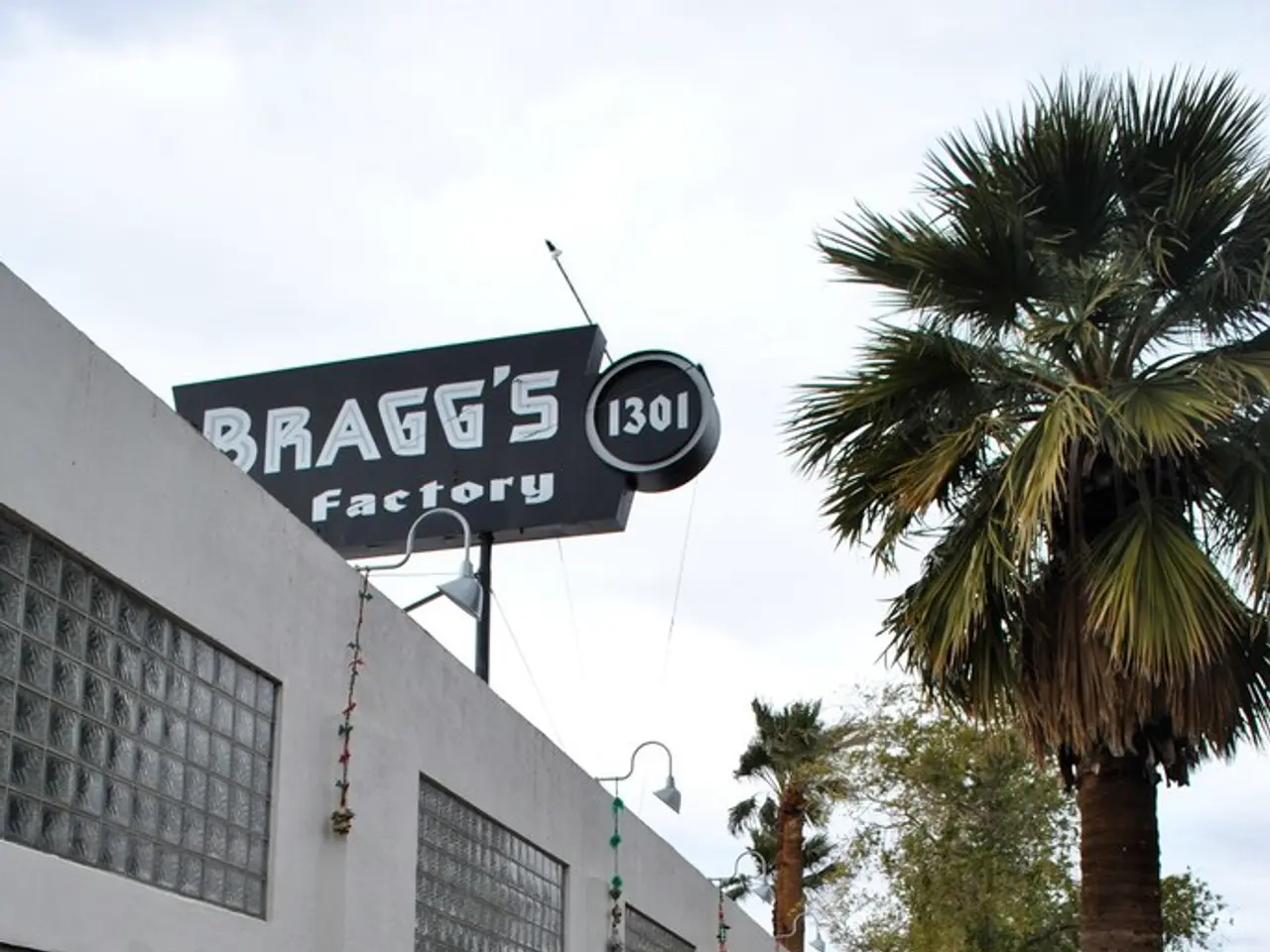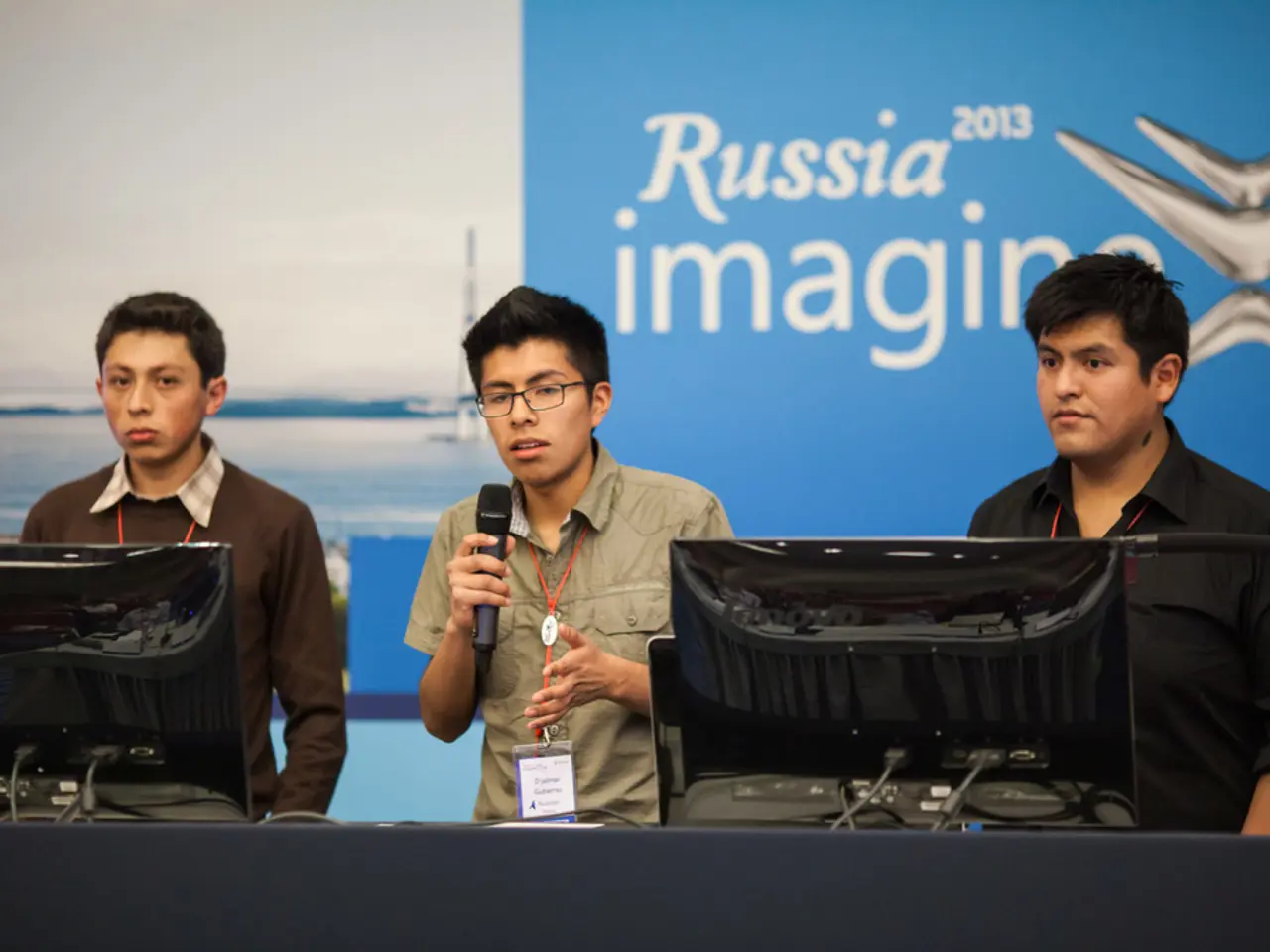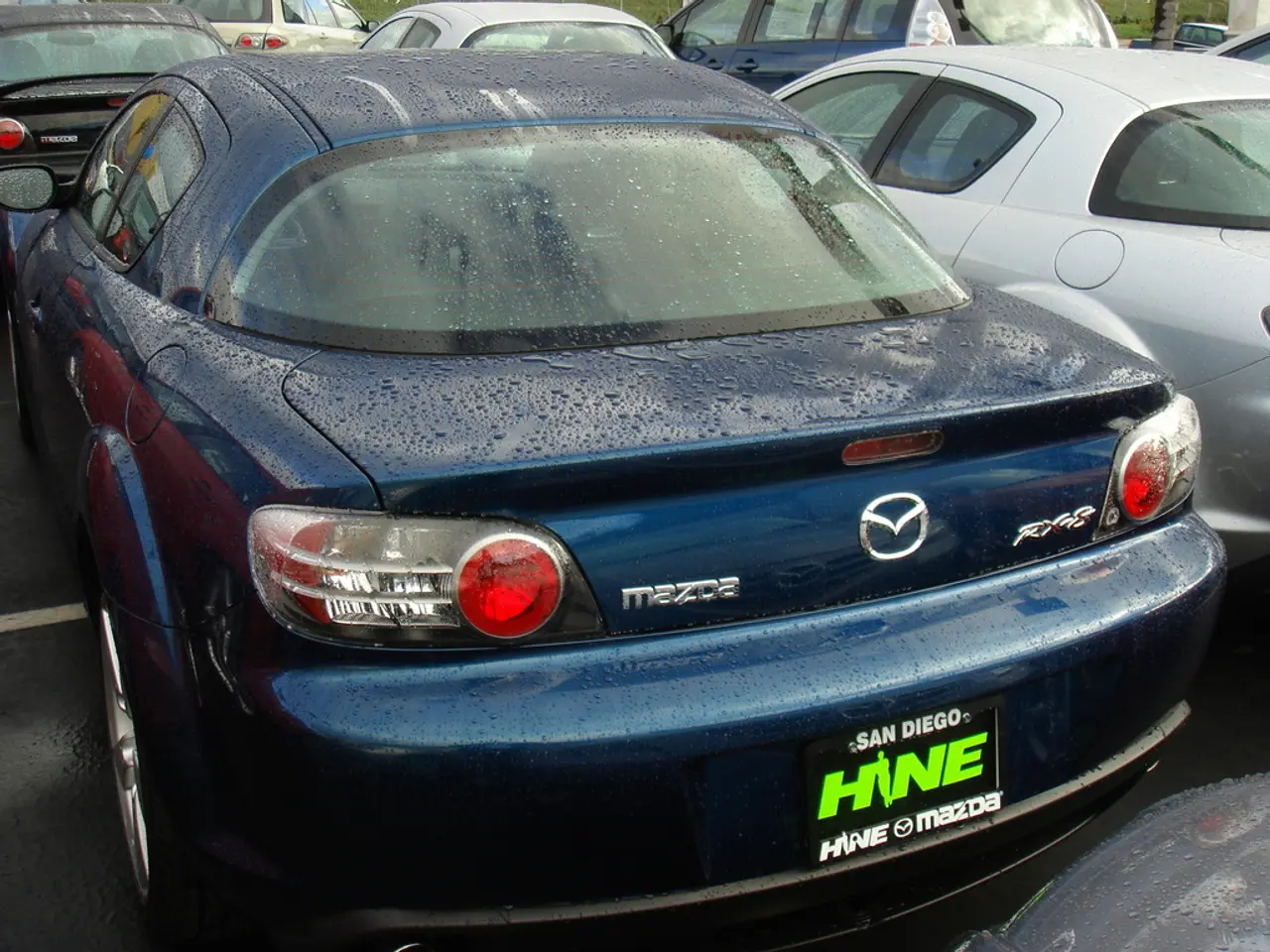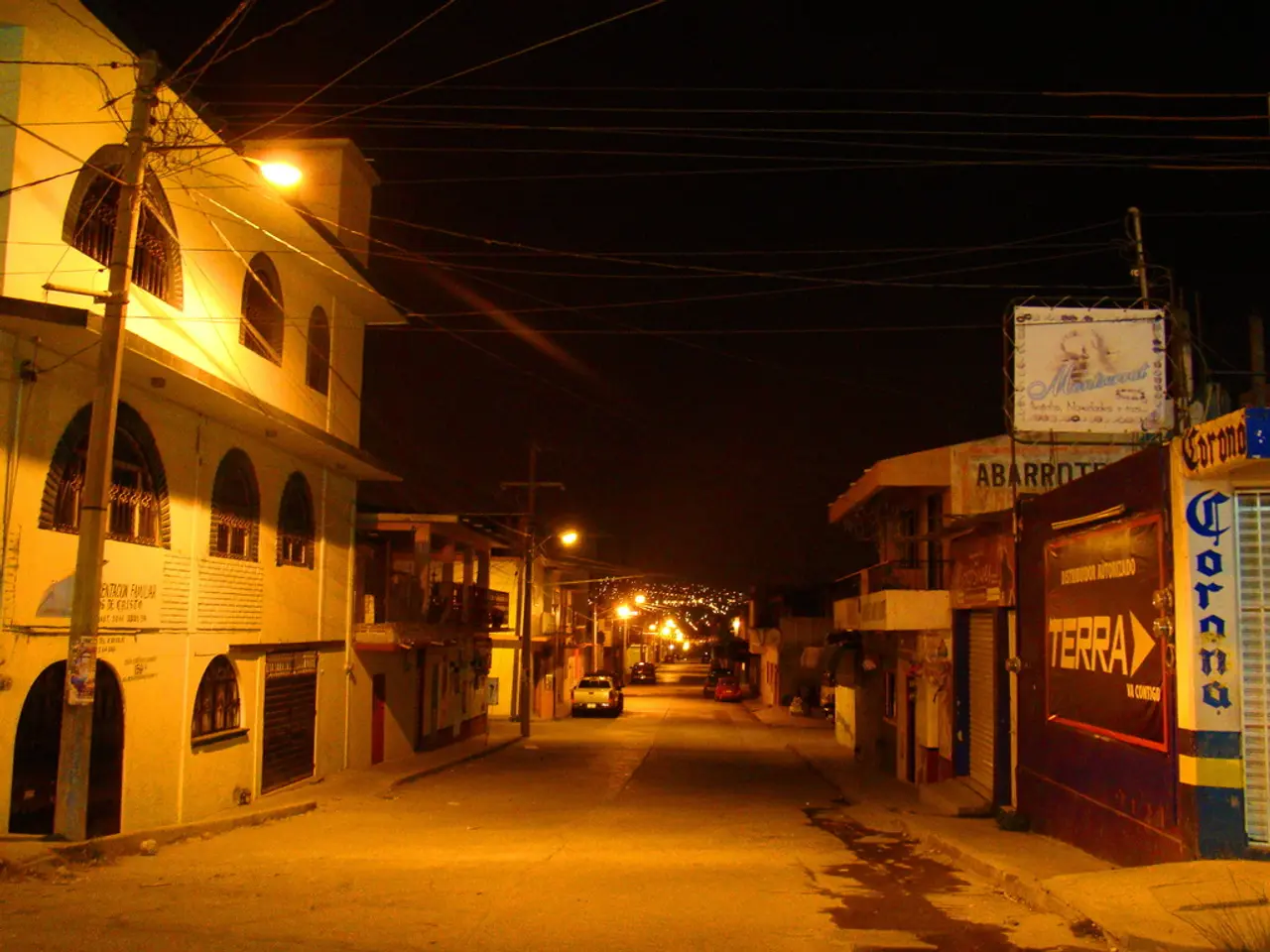Tesla unveils a 168-charge stall Supercharger facility, equipped with solar panels and sizeable battery banks.
In the heart of California, between San Francisco and Los Angeles, a new milestone in electric vehicle (EV) charging has been set. The **Oasis Supercharger**, the largest Tesla charging station in the United States, has opened its doors in Lost Hills, marking a significant advance in Tesla's electric vehicle ecosystem.
Covering over 12 hectares (40 acres) and featuring 168 charging stalls when fully completed, the Oasis Supercharger is one of the largest charging hubs in the world. This colossal station has the potential to charge up to 4,896 vehicles in 12 hours, serving a major corridor between the two cities and potentially charging nearly 10,000 EVs per day.
The station's design is as impressive as its size. It runs on an 11-megawatt solar array, with part of it being a solar canopy and part a neighbouring solar farm. This is combined with 10 Tesla Megapack batteries that store up to 39 megawatt-hours of energy. This off-grid design allows the station to operate independently from the grid during peak times or outages, requiring only 1.5 MW from the local grid initially.
The Oasis Supercharger is not just a charging station; it's a sustainable and cost-effective solution. The solar power generated is enough to supply about 2,000 homes annually and offset around 8,000 tons of CO2 emissions per year. This not only helps the environment but also may help stabilize charging costs compared with grid-dependent stations.
Additional amenities are planned for the station, including a driver lounge to enhance the user experience. Situated on Interstate 5, one of the busiest EV corridors in the US, it supports heavy EV traffic and Tesla’s vision for expanding fast and reliable charging infrastructure across North America.
Meanwhile, in a different part of the world, Tesla has recently opened its 70,000th supercharger stall globally with the opening of a new 12-stall site in Burleson, Texas. Each V4 supercharger stall at the Oasis Supercharger is rated at 325 kW, and the remaining 84 stalls at the Lost Hills station will open later this year.
The growth of the Supercharger network is not limited to the US. In Australia, expansion is continuing with new sites opening every month and upgrades to existing sites. This expansion is part of Tesla's commitment to continuing to build the world's most reliable fast charging network as EV adoption reaches an all-time high.
Riz Akhtar, the founder of carloop based in Melbourne, is one such advocate for EVs. A mechanical engineer who drives a red Tesla Model 3, Riz spent the first 7 years of his career building transport infrastructure before starting carloop, which specializes in Australian EV data, insight reports, and trends. He shares a passion for EVs and wants to help reduce transport emissions in Australia.
As the Oasis Supercharger continues to serve the busy EV corridor between San Francisco and Los Angeles, it stands as a global benchmark in EV charging, combining large-scale capacity, renewable energy integration, and an off-grid design.
The Oasis Supercharger, with its significant size and capacity to charge up to 4,896 vehicles in 12 hours, is setting a global benchmark in electric vehicle charging, leveraging technology through its 11-megawatt solar array and Tesla Megapack batteries. Beyond being a charging station, the Oasis Supercharger is also a sustainable and cost-effective solution, generating solar power enough to offset around 8,000 tons of CO2 emissions per year.




